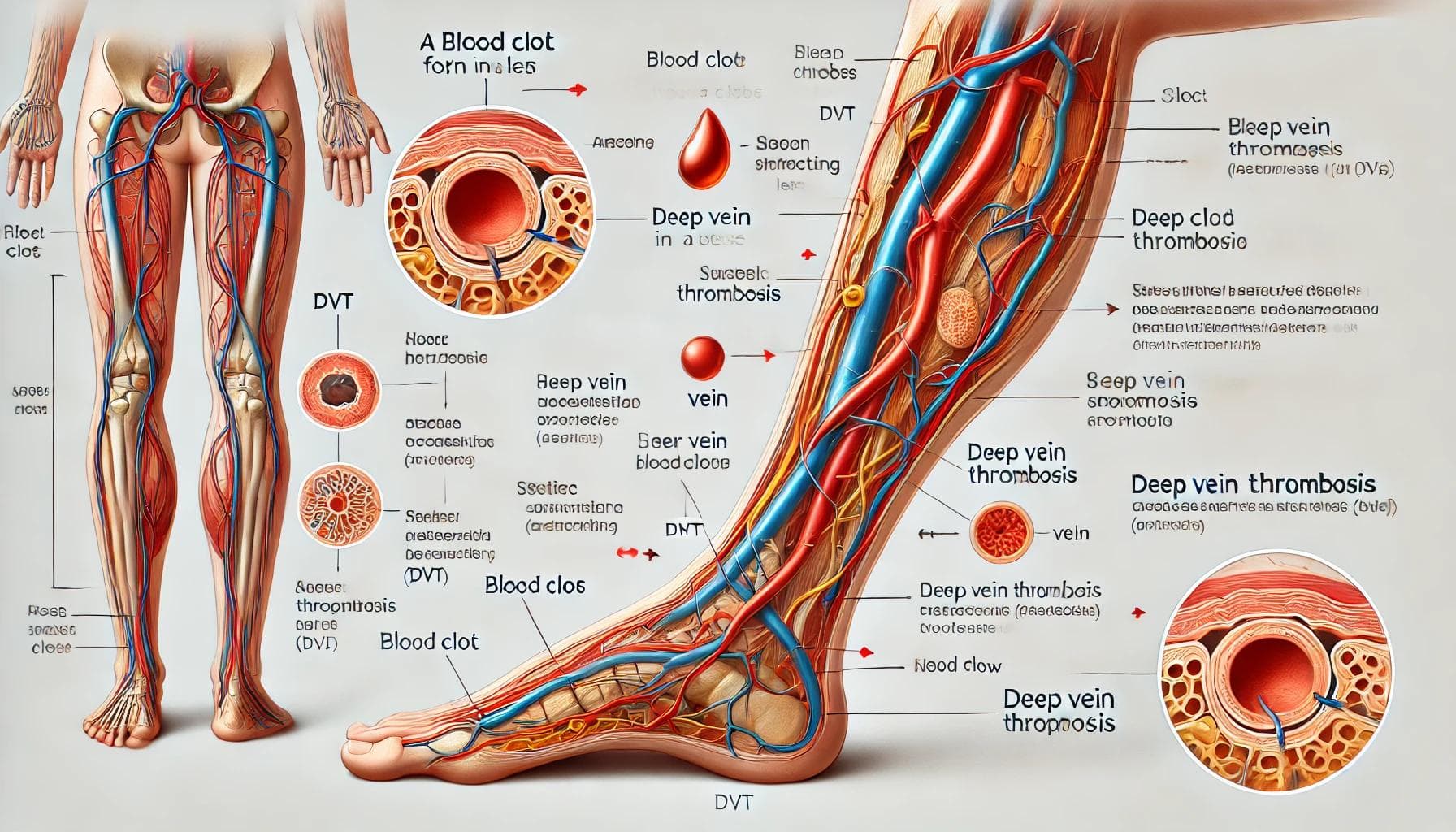Early Signs of Blood Clots In The Legs: What You Need to Know (See List Below)
Blood clots, or thrombi, can pose serious health risks if not identified and treated promptly. These clots can develop in veins (venous clots) or arteries (arterial clots), potentially leading to conditions such as deep vein thrombosis (DVT), pulmonary embolism (PE), heart attack, or stroke. Recognizing the early signs is essential for timely medical intervention. Here are the key symptoms to be aware of:

1. Swelling
Swelling, particularly in the legs, is one of the most common early signs of a blood clot. This swelling often occurs in the affected limb and is typically accompanied by pain and tenderness. The swelling may be uneven, sometimes causing the leg or arm to appear larger than the other.
2. Pain or Tenderness
Pain from a blood clot often begins in the calf or thigh, presenting as cramping, soreness, or aching. This discomfort may intensify with standing or walking and isn’t always relieved by rest. The pain can be subtle and develop gradually.
3. Redness or Discoloration
Another early sign is redness or discoloration of the skin over the affected area. This can range from a light red or blue tint to a more pronounced, darker color. The skin may also feel warmer to the touch compared to surrounding areas.
4. Warmth
A blood clot can cause the skin to feel unusually warm over the affected area, due to the body's inflammatory response. This warmth is often paired with redness and tenderness.
5. Visible Veins
In some cases, veins near the skin's surface may become more prominent. This is especially noticeable with deep vein thrombosis (DVT) in the legs, where the veins can appear swollen or engorged.
6. Shortness of Breath
If a blood clot reaches the lungs, it can cause a pulmonary embolism, leading to sudden shortness of breath. This might be accompanied by rapid breathing, chest pain, and feelings of anxiety or lightheadedness. Immediate medical attention is critical in such cases.
7. Chest Pain
Blood clots in the heart's arteries can cause chest pain that resembles a heart attack. This pain may feel like pressure, squeezing, or fullness in the chest and can radiate to the shoulder, arm, back, or jaw.
8. Rapid Heartbeat
An unexplained, sudden increase in heart rate (tachycardia) can indicate that a blood clot has reached the lungs or heart. This symptom often occurs along with shortness of breath and chest pain.
9. Unexplained Cough
A persistent cough, particularly if it produces bloody or frothy mucus, can be a sign of a pulmonary embolism. When combined with shortness of breath and chest pain, this symptom requires immediate medical evaluation.
10. Lightheadedness or Fainting
Feeling lightheaded or fainting can happen if a blood clot disrupts blood flow to the brain or other vital organs, indicating a stroke or a severe pulmonary embolism.

